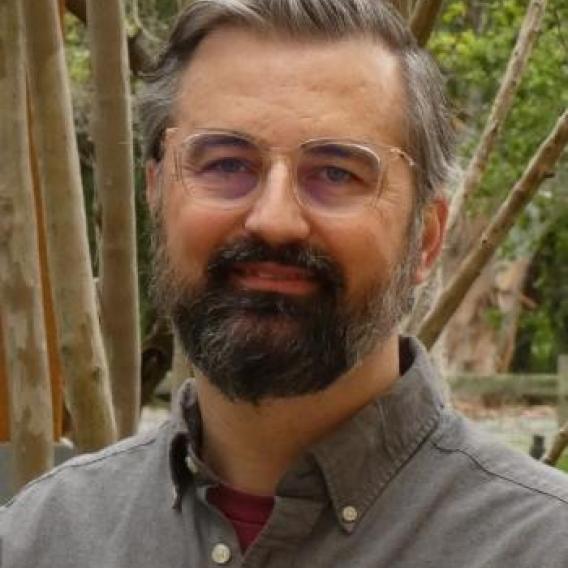Image

John P Hegarty
Clinical Assistant Professor, Psychiatry and Behavioral Sciences
Member, Maternal & Child Health Research Institute (MCHRI)
I am a neuroscientist and Principal Investigator of the Stanford Clinical Neuroscience (CNS) Lab in the Department of Psychiatry and Behavioral Sciences as well as Director of Neuroimaging for the Autism and Developmental Disorders Research Program at Stanford. My innovative research studies clinical aspects of cognitive and behavioral neuroscience, with a special focus on examining the neural circuitry associated with important brain-behavior relationships that may underlie different psychological and psychiatric domains in autistic children, adolescents, and adults. The ultimate goal of this research is to improve our understanding of the development of different cognitive and behavioral skills in order to develop mechanistically driven interventions that will improve precision medicine for mental health. Biologically based diagnosis and treatment are extremely limited for most psychological and psychiatric conditions but also critically needed to increase early identification and improve treatment outcomes, especially for neurodevelopmental disorders in which early intervention is the most beneficial. My early career research has primarily focused on clinical neuroscience using neuroimaging (e.g., MRI & EEG) to examine the effects of different drugs and behavioral interventions on the brain, especially for developing biomarkers for improving treatment planning and monitoring biological changes in response to single dose and clinical trials.
My primary contributions to science thus far fall within these major categories: 1) identifying the neural correlates of individual differences in cognition and behavior, 2) developing new interventions and investigating the neurobiological substrates of response to treatment, 3) examining different factors that contribute to brain development, 4) summarizing and increasing accessibility to autism-related research, and 5) methods development for neuroimaging studies. My earliest research investigated the neurobiology of alexithymia, dyslexia, and stress using structural and functional magnetic resonance imaging to test theories of the mechanisms that contribute to differences in cognition and behavior. My subsequent dissertation research, in which I began to focus on neurodevelopmental disorders, examined the neural correlates of response to beta-blockers in autistic adults and also assessed the contribution of cerebellar circuits to the autism phenotype. During my postdoctoral training, I have developed further skills for working with children in multiple clinical research settings, especially for using advanced neuroimaging approaches to examine important brain-behavior relationships. This includes a recent K99/R00 from the National Institute of Child Health and Human Development (NCT04278898 & NCT05664789) that will assess the neurobiology of restricted and repetitive behaviors in autistic children and examine the efficacy and target engagement of a novel nutritional supplement and investigational drug, N-acetylcysteine (NAC), in the brain. You can find more information about our NAC studies at https://redcap.link/NACandAutism.
My primary contributions to science thus far fall within these major categories: 1) identifying the neural correlates of individual differences in cognition and behavior, 2) developing new interventions and investigating the neurobiological substrates of response to treatment, 3) examining different factors that contribute to brain development, 4) summarizing and increasing accessibility to autism-related research, and 5) methods development for neuroimaging studies. My earliest research investigated the neurobiology of alexithymia, dyslexia, and stress using structural and functional magnetic resonance imaging to test theories of the mechanisms that contribute to differences in cognition and behavior. My subsequent dissertation research, in which I began to focus on neurodevelopmental disorders, examined the neural correlates of response to beta-blockers in autistic adults and also assessed the contribution of cerebellar circuits to the autism phenotype. During my postdoctoral training, I have developed further skills for working with children in multiple clinical research settings, especially for using advanced neuroimaging approaches to examine important brain-behavior relationships. This includes a recent K99/R00 from the National Institute of Child Health and Human Development (NCT04278898 & NCT05664789) that will assess the neurobiology of restricted and repetitive behaviors in autistic children and examine the efficacy and target engagement of a novel nutritional supplement and investigational drug, N-acetylcysteine (NAC), in the brain. You can find more information about our NAC studies at https://redcap.link/NACandAutism.